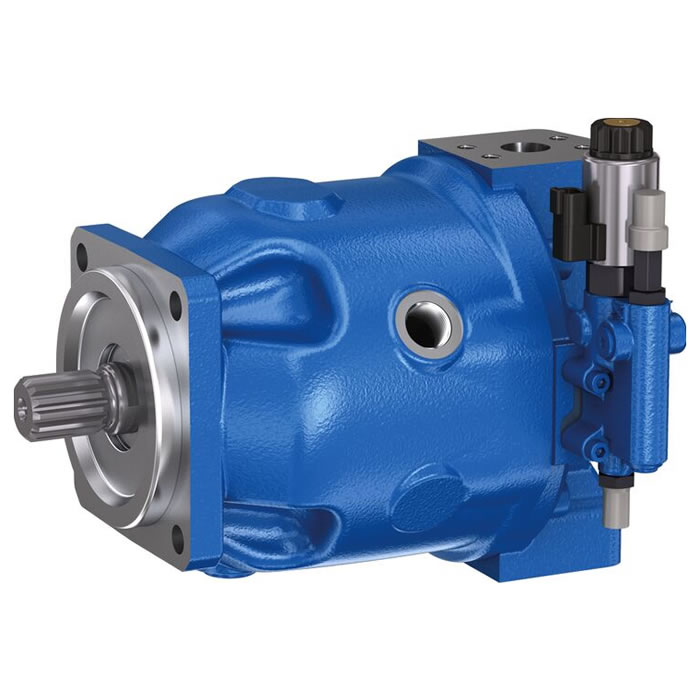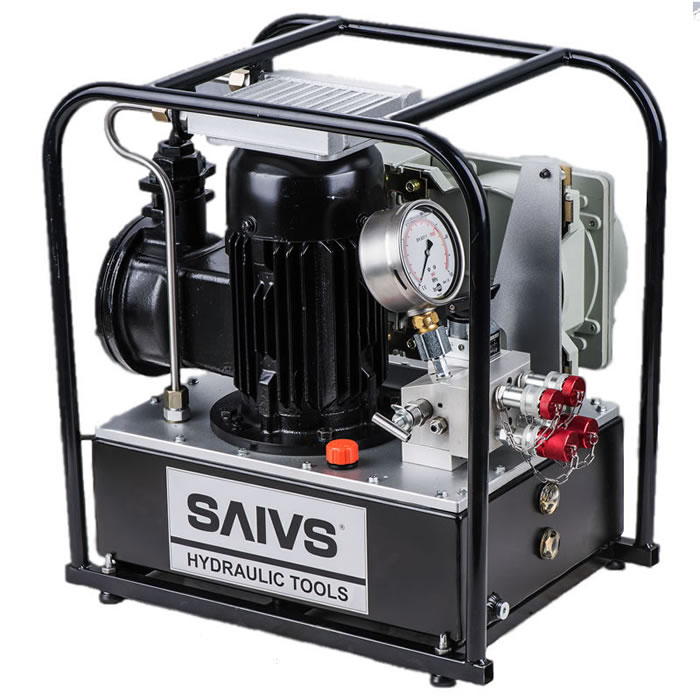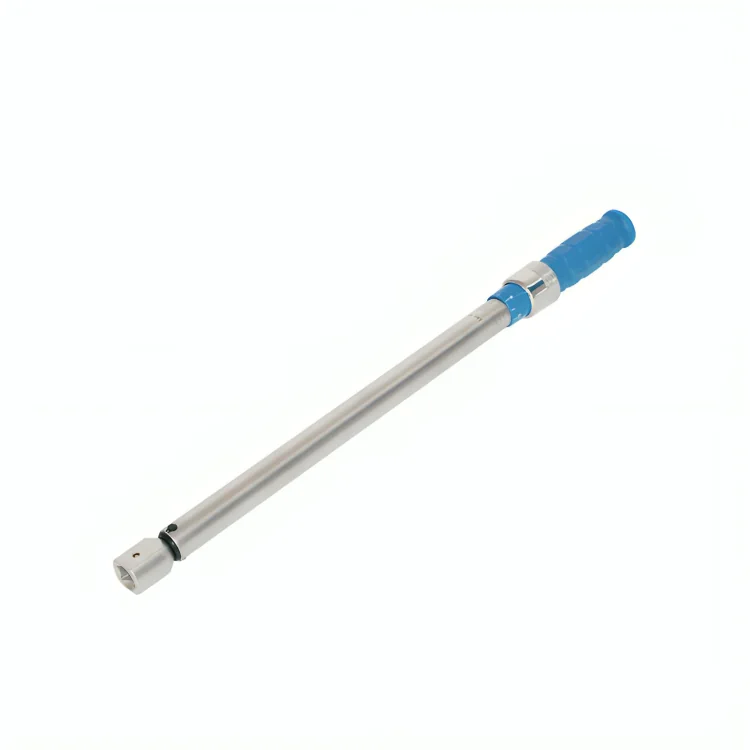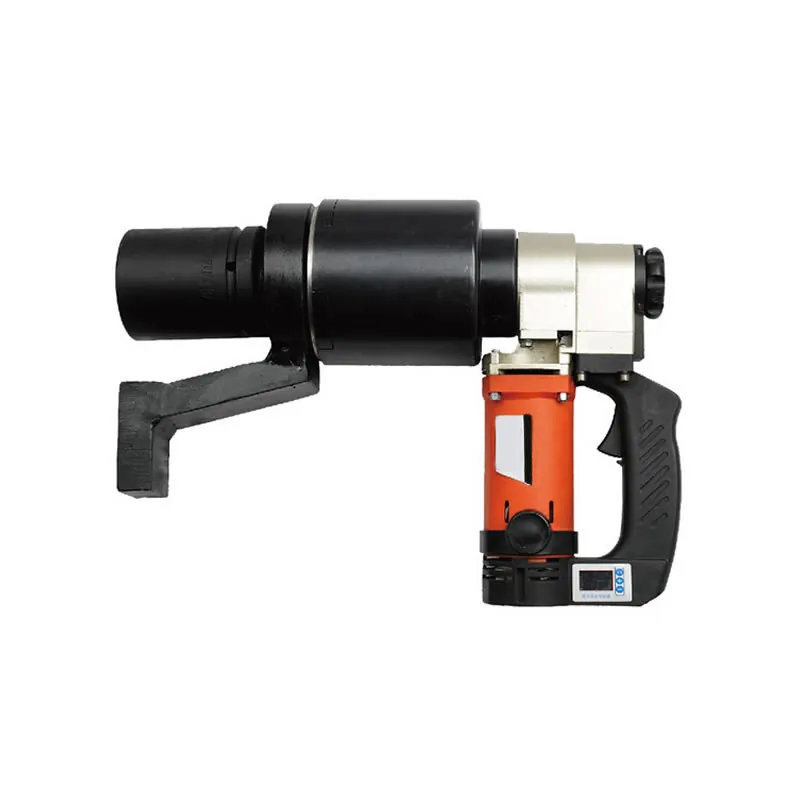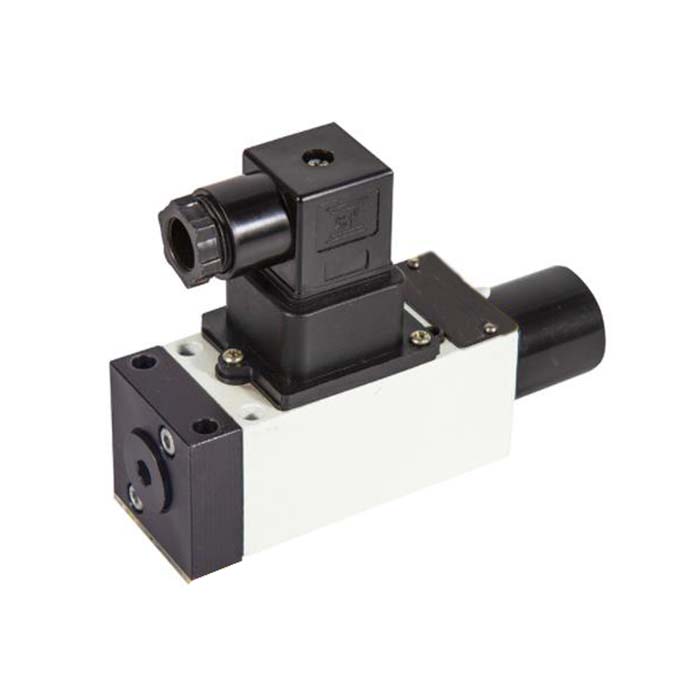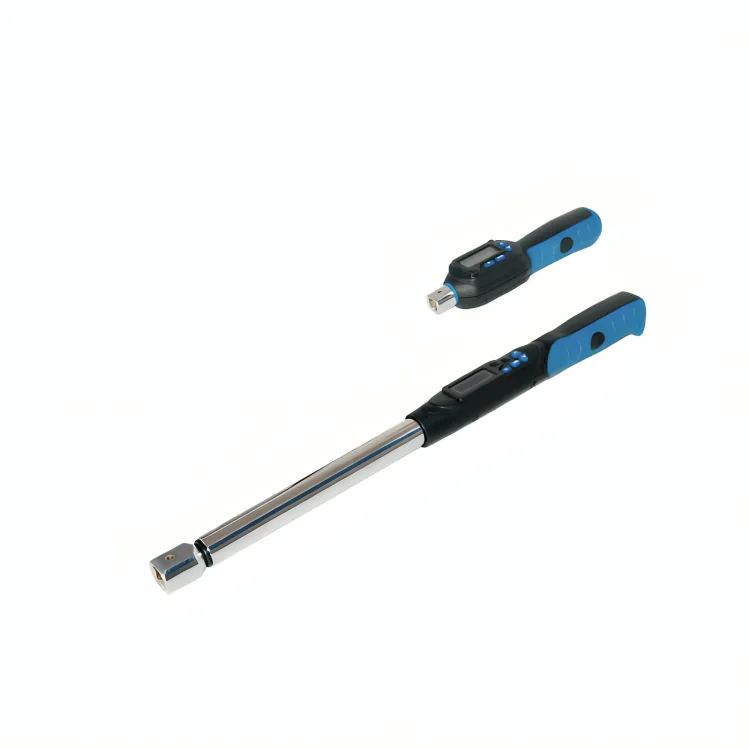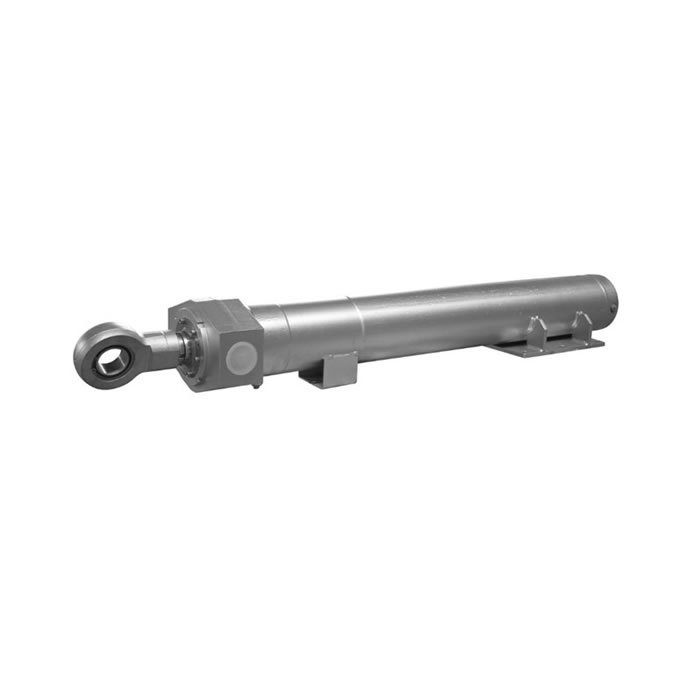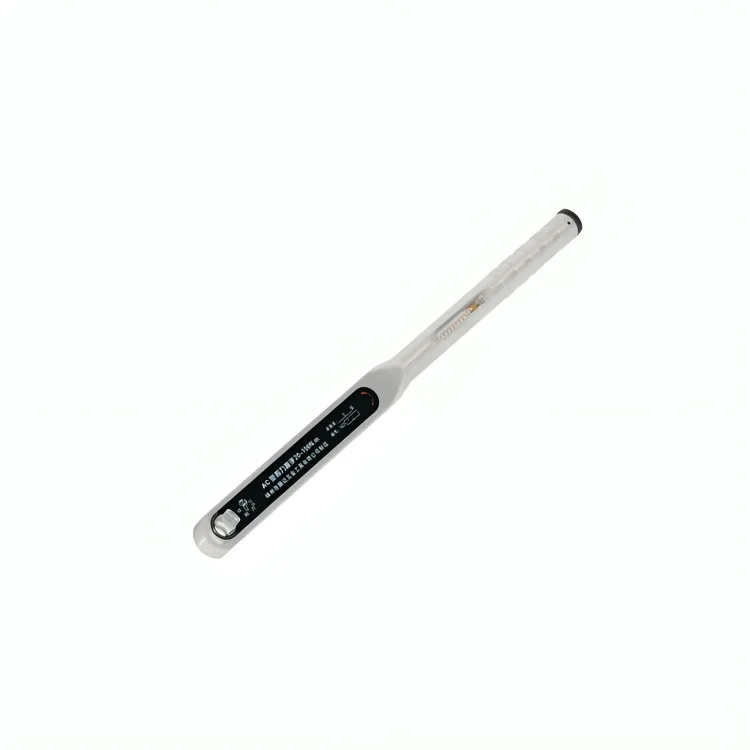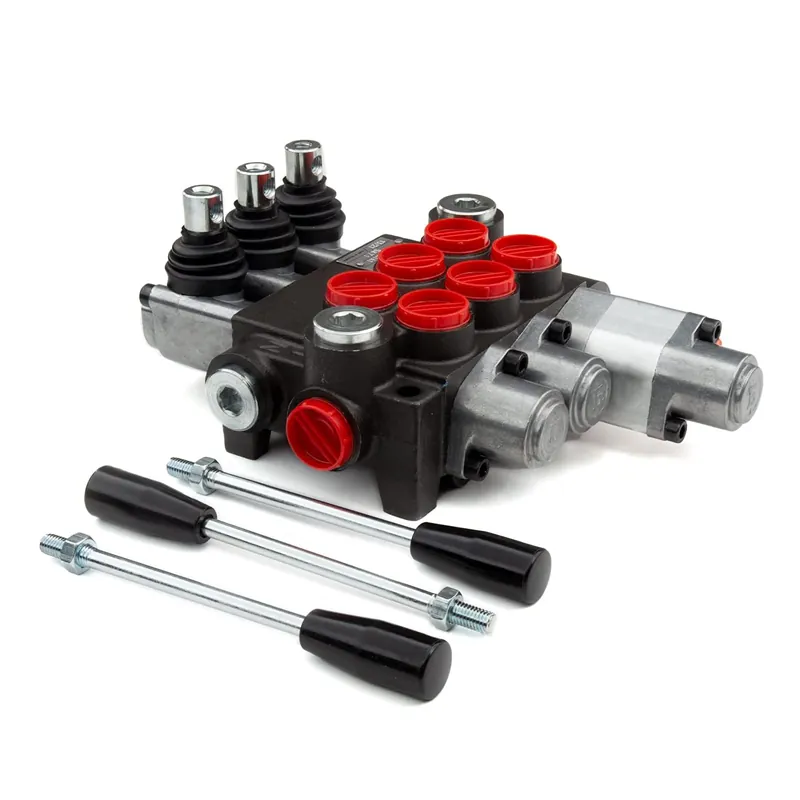Choosing the Right Hydraulic Cylinder
Choosing the Right Hydraulic Cylinder for Lifting applications When it comes to lifting heavy objects,
Hydraulic Cylinders are an essential component. These cylinders are used as actuators to create a linear force and motion,
making it easier to lift loads. When choosing the right hydraulic cylinder for lifting applications,
there are a few important factors to consider.
In this article, we’ll discuss how to determine the appropriate size of the hydraulic cylinder to lift heavy objects,
and how to calculate the size of the hydraulic cylinder required to lift the load.
Determining the Appropriate Size of Hydraulic Cylinder to Lift Heavy Objects
When determining the appropriate size of the hydraulic cylinder to lift heavy objects,
there are two primary factors to consider: the weight of the load and the distance it needs to be lifted.
These factors will help determine the required force and stroke length of the hydraulic cylinder.
Calculate the weight of the load
First, the weight of the load needs to be calculated.
This can be done by using a scale or by estimating based on the specifications of the object or material.
Once the weight has been determined, the force needed to lift the load can be calculated using the following formula:
Force = Weight * Gravity The gravity constant is typically 9.8 meters per second squared,
but can vary depending on the location and environment.
Once the force has been calculated,
it’s important to factor in a safety margin to ensure the hydraulic cylinder can handle the load without being overloaded.
Distance that the load needs to be lifted
The next factor to consider is the distance the load needs to be lifted.
The stroke length of the hydraulic cylinder needs to be at least as long as the distance the load needs to be lifted.
The stroke length is essentially the distance the piston rod travels within the cylinder.
If the stroke length is too short, the load won’t be able to be lifted to the desired height.
Calculating the Size of Hydraulic Cylinder Required to Lift the Load Once the appropriate force
and stroke length have been determined, the size of the hydraulic cylinder can be calculated.
This is done by considering the bore size and rod size of the cylinder.
The bore size is the diameter of the cylinder’s internal cavity.
The larger the bore size, the greater the amount of force the cylinder can generate.
The rod size is the diameter of the cylinder’s piston rod.
The rod size should be selected based on the load’s weight, stroke length,
and the force required to lift it. To calculate the required cylinder bore size,
the following formula can be used:
Bore Size = (Force x 4) / (Pi x Pressure) The pressure used in this formula should be the maximum hydraulic pressure available.
Once the required bore size has been calculated,
the rod size can be selected based on the formula:
Rod Size = [(Force / (Pi x Pressure)] + (Bore Size / 2)^2 It’s important to note that the cylinder bore
and rod size aren’t the only factors to consider when selecting a hydraulic cylinder. Other factors,
such as the type of hydraulic fluid used, the operating temperature range,
and the environment the cylinder will be used in, should also be taken into consideration.
When it comes to lifting heavy loads, choosing the right hydraulic cylinder is crucial for safety and efficiency.
By taking into account the weight and distance of the load, and properly calculating the force and stroke length required,
it’s possible to select the appropriate hydraulic cylinder for the job.


